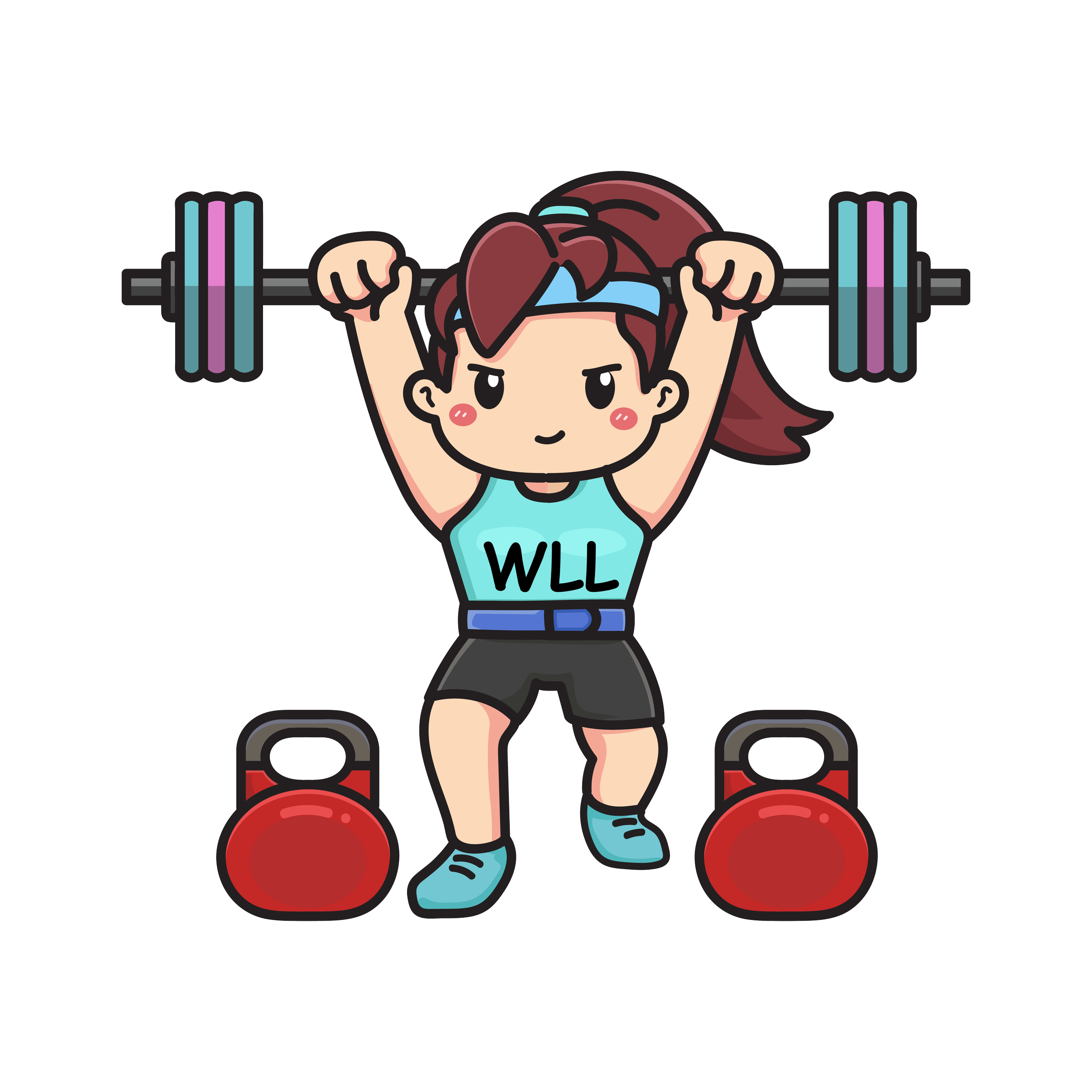Blood Sugar, Diabetes and Insulin Resistance, Oh MY!
Every visit to the doctor nowadays is highlighted by concerns of blood sugar. It's either too high, too low, or on the verge of either. No matter how many carbs you cut out and hours of cardio you work into your schedule, it may feel like blood sugar is the enemy: but how much do we actually understand about it? In reality blood sugar is glucose in your bloodstream that is acquired through the food you eat and serves as an energy source. In order for your body to utilize said energy, the glucose travels throughout your body via your blood to specific receptors. The three main tissue types that have an affinity to glucose are: liver, skeletal muscle and white adipocyte tissue (white fat cells that develop from excess calories). In order for glucose to leave the bloodstream and enter the proper tissue types, insulin, a hormone created from your pancreas, ushers glucose and allows for the transfer to occur.
While it is appropriate for glucose to be present in your bloodstream, as it is the means of transport throughout your body, an excess of glucose can have devastating results. Atherosclerosis is a thickening of artery walls through the buildup of plaque formed from cholesterol. If these pieces of plaque break away, they can lead to a heart attack and blood clot. Glucose increases the development of atherosclerosis- related inflammation and increases the production of free radicals. These radicals are highly reactive molecules that can negatively affect cell function in many different ways, mainly by prematurely causing apoptosis, or programmed cell death.
As concerning as this sounds, there are adaptable lifestyle changes that can be made that can reduce the onset of hyperglycemia, before its effects become irreversible. For one, exercise is one of the most direct ways we can counter the effects of atherosclerosis. As we exercise and increase our heart rate, our blood flow increases and provides a healthy friction along our artery walls that prevents the buildup of plaque. Furthermore, when we are using muscles during exercise, studies have shown that the rate at which glucose is removed from our bloodstream and metabolized by our muscles increases by 50%. Muscle contraction allows for glucose to be used for energy whether insulin is available or not. This mechanism is considerably important when discussing insulin resistance. Just as the name suggests, insulin resistance occurs when muscle, liver and adipose tissue cells fail to respond to insulin attempting to transfer the glucose from the bloodstream. Failing to usher the glucose to the desired tissues causes an accumulation in the bloodstream, which as previously discussed, is far from ideal.
In addition to regular muscle contraction (i.e. exercise), looking at how we consume carbohydrates can also aid in the prevention against insulin resistance. Simply reducing your overall intake of carbohydrates can be helpful, but for many people, this is not a sustainable habit. Instead, trying to optimize the carbs you eat may be more feasible when becoming more conscious of your insulin sensitivity. “Optimizing” your carb intake may look like trying to make them more colorful. Color in unprocessed foods (like vegetables) is an easy indication that the food may be high in phytochemicals, which are molecules that can protect cells against the aforementioned free-radicals.
Another way to be mindful of your carb intake is to use them as a platter for protein. Consuming more protein will not only encourage hypertrophy when paired with resistance training, but it will also provide the body with the feeling of satiation longer than most macromolecules. This diet change can occur by pairing a protein source with your carb of choice, allowing you to more efficiently fuel your body while also giving you the chance to indulge in the food you enjoy! It's important to remember that carbs are a very necessary nutrient, so a dramatic reduction of their intake can have an adjustment period. However, a slow and mindful transition to higher protein and fat consumption compared to a lower carbohydrate intake can be a very helpful switch when working against hyperglycemia and insulin resistance.
Written by: Ana Dieng



